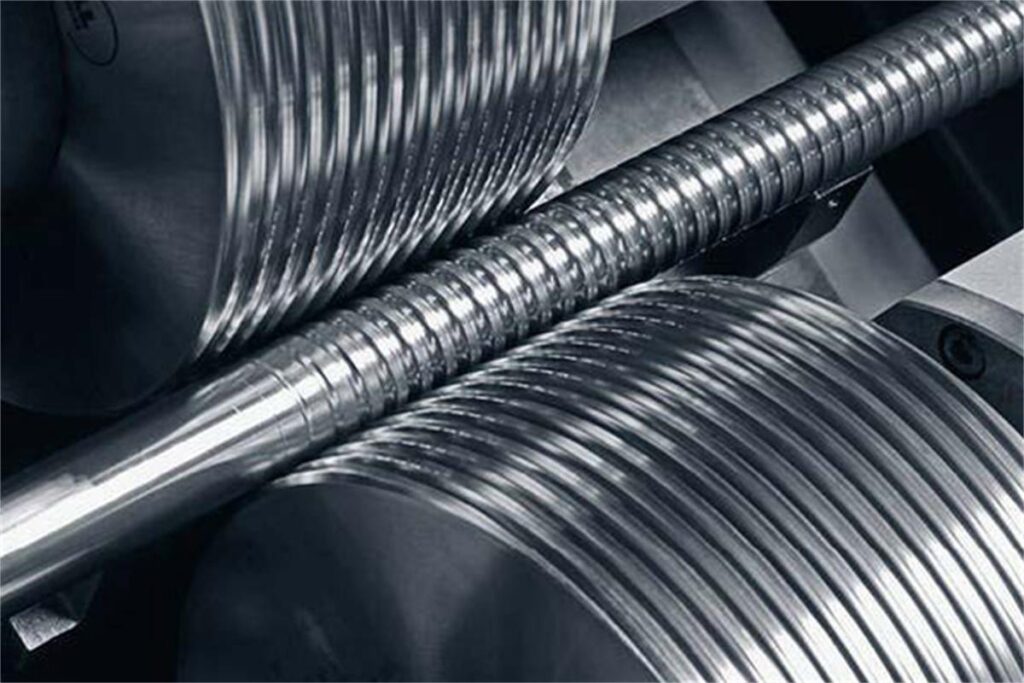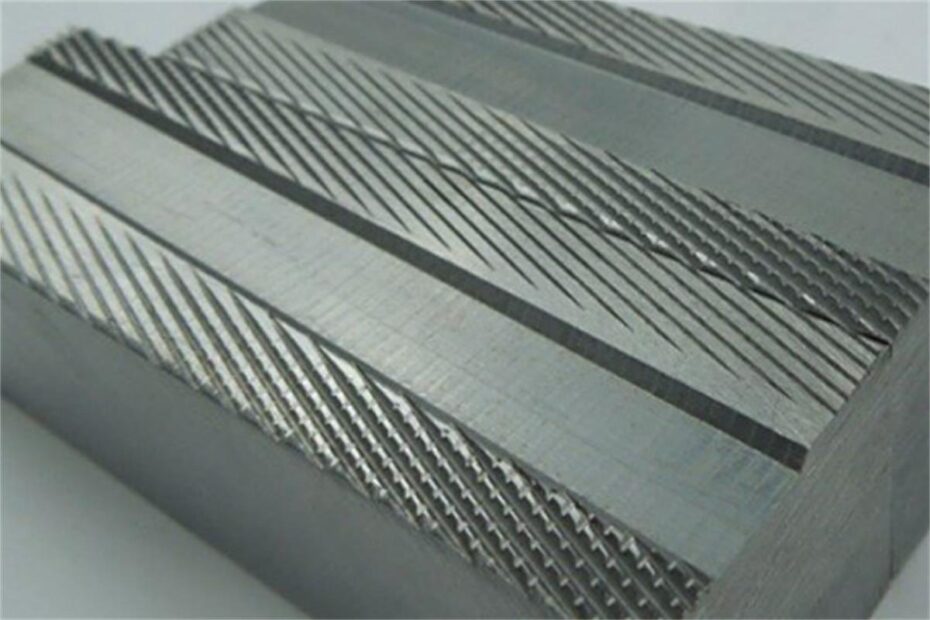Flat thread rolling dies are precision tools for forming threads on metal parts like screws and bolts.They form threads by plastically deforming material without cutting, using cold extrusion technology.As a result, this method improves thread strength and surface finish.
Typically, a Flat Thread Rolling Molds includes a pair or set of flat dies with thread profiles.Operators install them on a thread rolling machine to roll threads through relative motion.
In operation, the rolling head contacts the workpiece and moves rapidly.This motion forces the surface material to flow, thus forming the thread.The process suits medium to large-diameter threads.
Importantly, this technique achieves micron-level tolerances.It also enhances thread strength and hardness through cold work hardening.
Moreover, it offers high precision and efficiency.Manufacturers use this method to mass-produce metal tubes, rods, and related products.
| Processing parameters | Range description |
| Thread diameter | Usually Ø1 mm to Ø12 mm (extendable to Ø20 mm) |
| Pitch | From 0.25 mm to 2.5 mm and larger |
| Thread length | 3 mm to 100 mm (depending on screw length) |
| Material type | Mild steel, stainless steel, copper, aluminum, alloy steel, titanium alloy, etc. |
| Screw shape | Cylindrical, partially rolled threaded rod, head with flange/slot, etc. |

Six Key Advantages Of Flat Thread Rolling Dies
- High Efficiency – The rolling speed is fast and ideal for large-scale production.
- No Cutting Waste – The process uses plastic deformation to shape threads, saving materials.
- High Strength – Cold work hardening makes the thread zone stronger than cut threads.
- Excellent Surface Finish – Rolling densifies the surface, lowers friction, and boosts wear resistance.
- Long mold life: Flat Thread Rolling Tools are made of high-strength tool steel or alloy steel, heat-treated and strengthened, with good wear resistance. High-precision rollers and stable structural design extend the mold life.
- High Efficiency and Low Cost – The process outpaces cutting by several times, boosts yield, and simplifies automation.
Flat Thread Rolling Die Processing Product Types
- Small screws: M1.6, M2.5 for phones and laptops
- Standard fasteners: M6, M8, M10 for mechanical bolts and screws
- Self-tapping screws: ST3.5, ST4.8 for plastic and sheet metal
- Wood screws and drywall screws: Designed with conical ends and deep threads
- Non-standard parts: Custom thread shafts, guide rods, and specialty fasteners
Conclusion
Flat thread rolling dies create threads by pressing rolling dies onto metal surfaces.They represent a key technology in modern metal manufacturing.
This method requires high die precision and material hardness.Although difficult to produce, it supports customized and complex thread profiles.
The flat thread rolling die improves production efficiency while ensuring thread quality through an efficient extrusion process. It is widely used in many fields such as automobiles, aerospace, electronics, construction, and machinery manufacturing.
